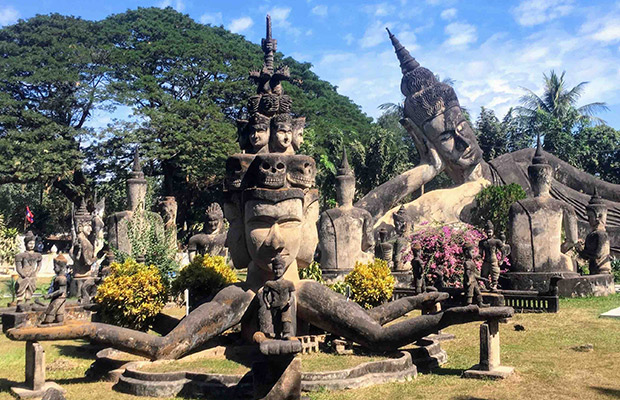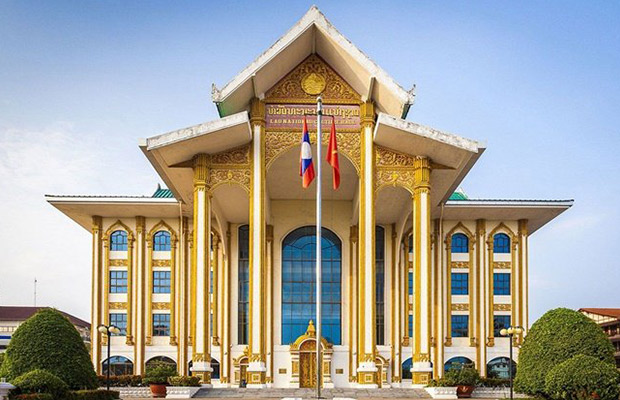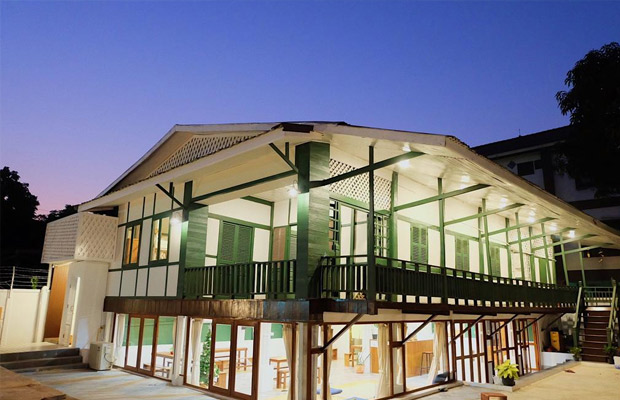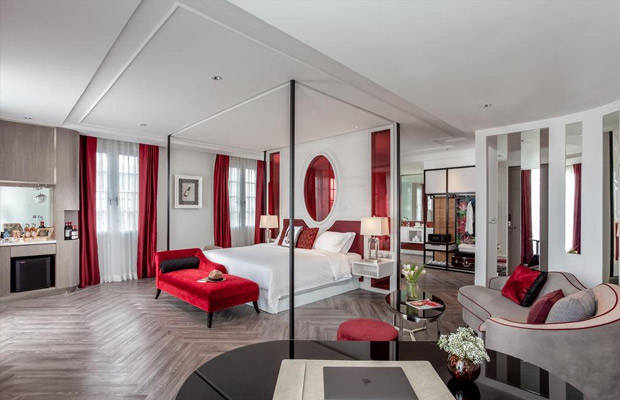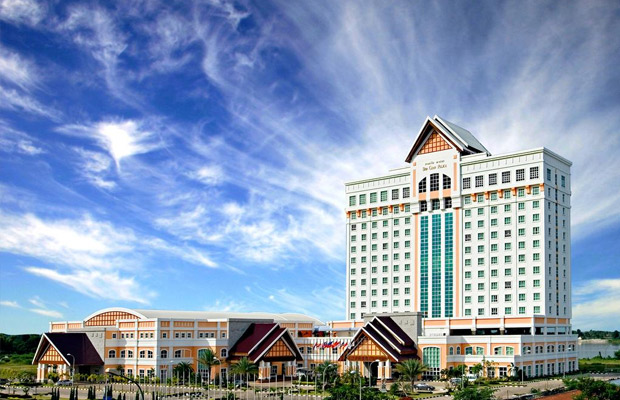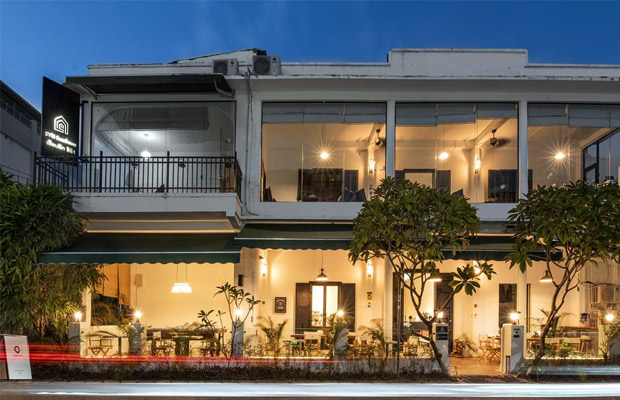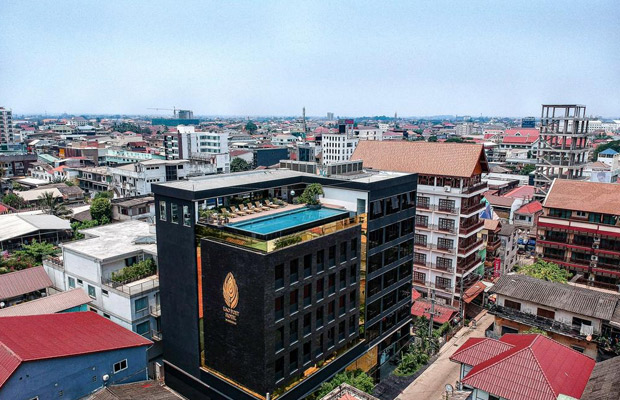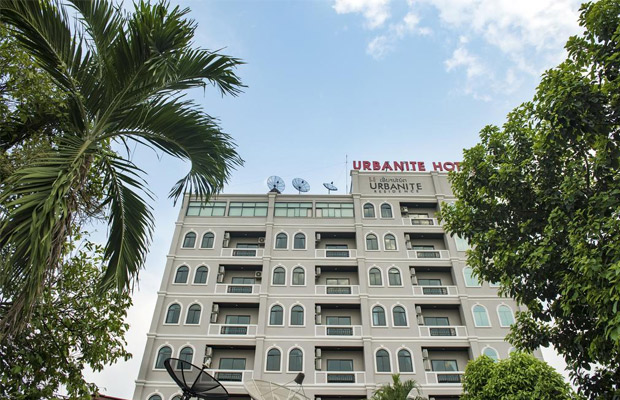Patuxai Victory Gate
Patuxai Victory Gate
Laos
Vientiane
Vientiane Travel Guide
Book Tour & Activities
Your tour in Vientiane.
Book your stay
Your hotel in Vientiane.
Overview
Patuxai is a war monument in the centre of Vientiane, Laos, built between 1957 and 1968. The Patuxai was dedicated to those who fought in the struggle for independence from France. In romanising the name from the Laotian language, it is variously transliterated as Patuxai, Patuxay, Patousai and Patusai. It is also called Patuxai Arch or the Arc de Triomphe of Vientiane as it resembles the Arc de Triomphe in Paris. However, it is typically Laotian in design, decorated with mythological creatures such as the kinnari
Patuxai (Lao: ປະຕູໄຊ, literally meaning Victory Gate or Gate of Triumph, formerly the An Morts) is a war monument in the centre of Vientiaousavary or Anosavari Monument, known by the French as Monument Auxne, Laos, built between 1957 and 1968. The Patuxai was dedicated to those who fought in the struggle for independence from France. In romanising the name from the Laotian language, it is variously transliterated as Patuxai, Patuxay, Patousai and Patusai. It is also called Patuxai Arch or the Arc de Triomphe of Vientiane as it resembles the Arc de Triomphe in Paris. However, it is typically Laotian in design, decorated with mythological creatures such as the kinnari (half-female, half-bird).
Vientiane's Arc de Triomphe replica is a slightly incongruous sight, dominating the commercial district around Rue Lan Xang. Officially called 'Victory Gate' and commemorating the Lao who died in prerevolutionary wars, it was built in the 1960s with cement donated by the USA intended for the construction of a new airport. Climb to the summit for panoramic views over Vientiane.
The Patuxai Victory Gate is a massive concrete arch on Lang Xang Avenue. Reminiscent of the Arc de Triomphe in Paris, the monument commemorates Laos’s resilience and eventual independence, as well as those who lost their lives in the wars that got them to that point.
The exterior features Buddhist symbols and Hindu deities, with 5 ornate towers built in traditional Laotian style. The 4 corner towers and 5th central tower that crowns the arch symbolise the 5 Buddhist principles of thoughtful amiability, flexibility, honesty, honour, and prosperity.
History
Patuxai is a compound word, 'Patuu' or 'patu' meaning a "door" or "gateway" and 'Xai', derivative of the Sanskrit 'Jaya', which means "victory". Thus it means “Victory Gate”.[3][7] The Patuxai was built during a turbulent period Lao history. It was built when Laos was a constitutional monarchy and was originally known simply as the "Anousavali" ("Monument"), dedicated memory of the Laotian soldiers who died during World War II and the independence war from France in 1949.
The monument was built using American funds and cement actually intended to build a new airport.[8] The Royal Laotian Government instead built the monument, which earned it the nickname of the "vertical runway".
The monument was designed by Laotian “soldier, former journalist and self-taught sculptor” Tham Sayasthsena. In 1957, his plans were selected out of those submitted by the Public Works Department, the Military Engineering Department, and numerous private architects. Tham received 30,000 kips for his work. The cost of construction was estimated as 63 million kips.
In May 1975, the communist Pathet Lao overthrew the coalition government and seized power, ending the ancient monarchy and installing a half-Vietnamese prime minister. They renamed the monument Patuxai in honor of the victory that was handed to them by the North Vietnamese Army.
Patuxai Victory Gate highlights
You’ll find intricate carvings of lotus leaves, as well as statues of animist kinnari (half-female, half-bird figures) and nagas (dragons) on the Patuxai Victory Gate. The 7-storey structure also has beautiful walls and ceilings with paintings of gods, goddesses, and elephants.
For about 5,000 kip, you can climb a spiral stairway to the tower’s observation deck. It offers stunning city views, particularly at sunset. The gate is surrounded by Patuxai Park, which makes for a pleasant evening stroll in Vientiane.
Patuxai Monument Vientiane
- Address: P.D.R, Vientiane, Laos
- Opened: 1968
- Hours: Monday–Friday from 8am to 4.30pm, Saturday–Sunday from 8am to 5pm
- Architect: Mr. Tham Sayasthsena
- Construction started: 1957
Video Travel Inspiration
See Patuxai Victory Gate on Map
Most Popular Cities

Siem Reap
Cambodia
Ho Chi Minh City
Vietnam
Beijing
China
Paris
France
London
United Kingdom
New York
USA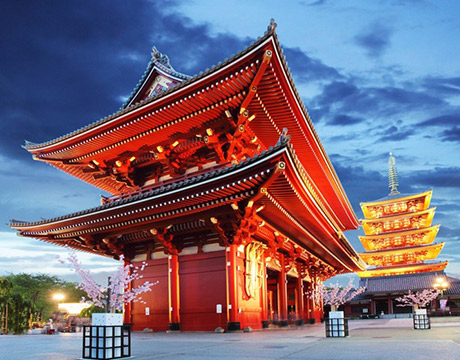
Tokyo
Japan
Bangkok
Thailand
Seoul
South Korea
Vientiane
Laos
Yangon
Myanmar
Washington DC
USA
Los Angeles
USA
Ottawa
Canada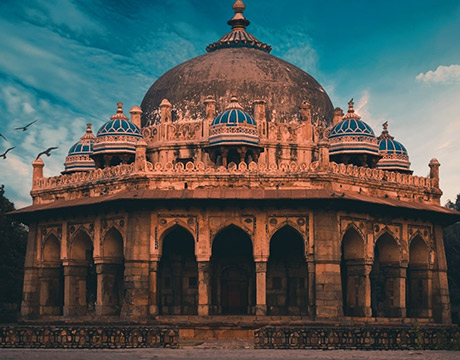
New Delhi
India
Singapore
Singapore
Kuala Lumpur
Malaysia
 English
English French
French Khmer
Khmer Thai
Thai Vietnamese
Vietnamese Chinese
Chinese Korean
Korean German
German Japanese
Japanese Italian
Italian Russian
Russian Spanish
Spanish Dutch
Dutch Indonesian
Indonesian Malay
Malay




